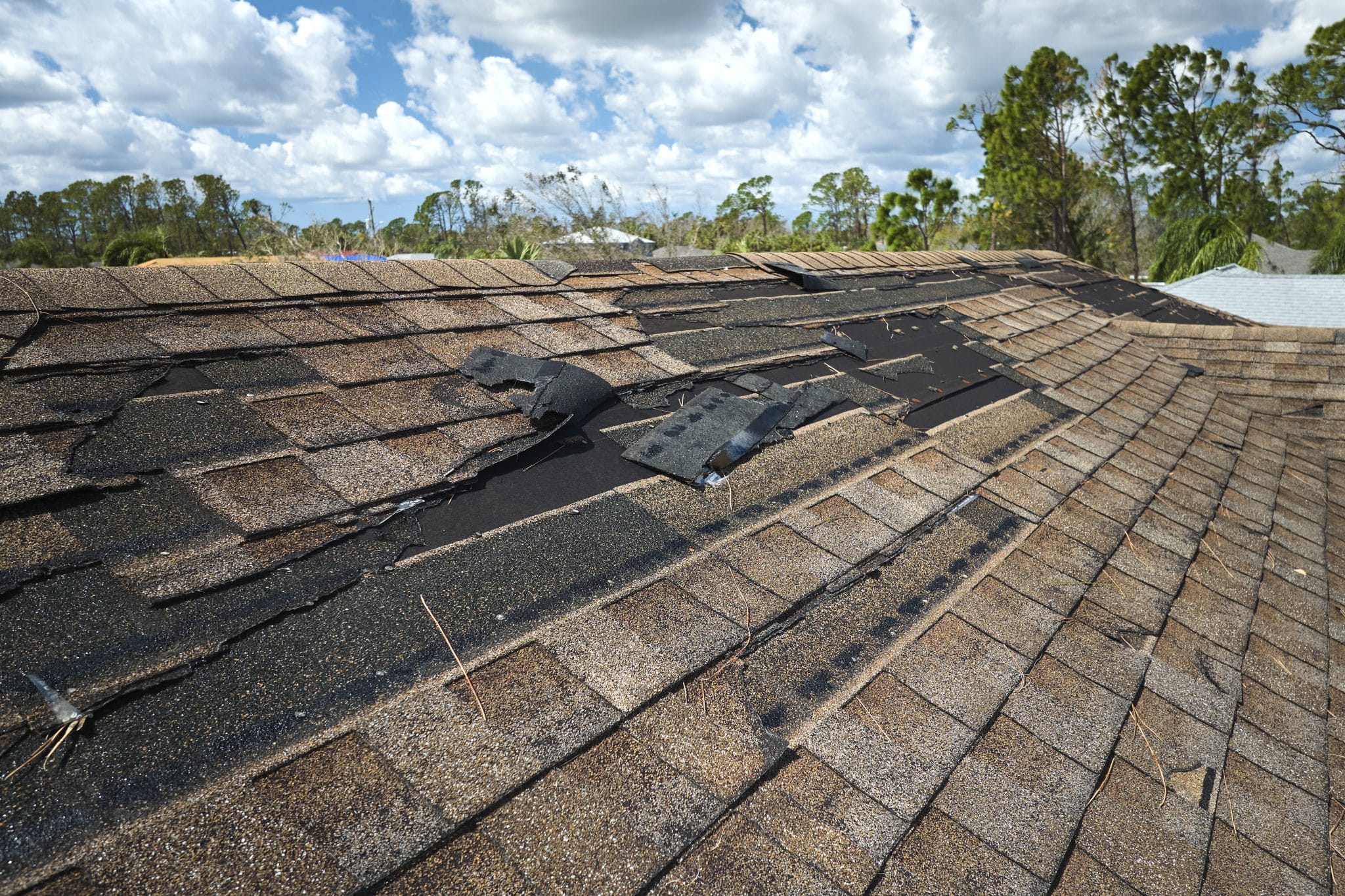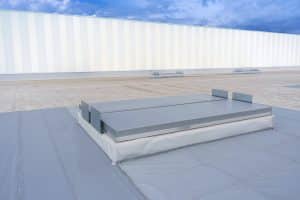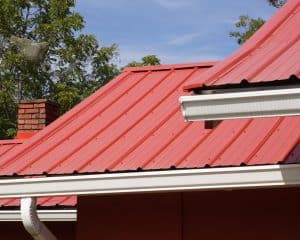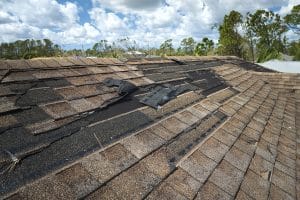Whether you are wondering if your roof is too old and needs to be replaced or trying to determine what type of material to build your next roof out of, you’ll want to know how long shingles last. Shingles are a popular roofing material made from asphalt or fiberglass and coated in granules for added durability. They come in a range of styles and hues to match the décor of any house. Shingles are cost-effective for homeowners and, under the right circumstances, can last for several decades. They are an attractive, durable, and affordable roofing option, but how long do shingles last?
Let’s take a look at the various factors that can determine how long a shingle roof can be expected to last.

How Long Is a Shingle Roof Supposed to Last?
Although shingle roofs may survive longer or shorter depending on several circumstances, the typical lifespan is 15 to 30 years. A shingle roof’s lifespan can vary widely depending on several factors, including the type and quality of the materials used during installation.
High-quality materials may last longer than lower-quality options, although they are more expensive. Additionally, the installation quality and techniques used by the contractor can significantly impact the roof’s lifespan.
Proper maintenance is also critical to extend the lifespan of a shingle roof. Regular checks and repairs of any damage can prevent minor issues from becoming severe and expensive. Cleaning the roof of debris and keeping gutters clear of waste can also help to prolong its lifespan.
Environmental factors such as weather conditions and exposure to sunlight can also affect a shingle roof’s lifespan. Extreme heat, high winds, heavy rain, and hail can all cause damage to shingles and shorten their lifespan.
Homeowners should work with a reputable roofing contractor to install high-quality materials, maintain the top regularly, and take steps to protect it from environmental factors to extend its lifespan.
How Long Do Shingle Roofs Last in Florida?
Shingles are a popular roofing material in Florida, but the state’s particular temperature and environmental variables might shorten its lifespan. It’s rare for a shingle roof in Florida to get close to the 30-year mark, with most shingle roofs needing to be replaced closer to just 15 years.
The Sunshine State’s intense heat, high humidity, hurricanes, and copious amounts of rain can decrease the lifespan and harm shingle roofs more than compared to other regions of the country. Florida is also prone to hurricanes and heavy rain, which can cause significant damage to shingle roofs. The high winds and heavy rain can lift and displace shingles, leaving the top vulnerable to leaks and water damage. High wind speeds can even cause shingles to blow off entirely, exposing the roof to the elements.
However, with proper installation and maintenance, extending the lifespan of a shingle roof in Florida may be possible.
An experienced roofing contractor can ensure that the shingle roof is installed correctly using high-quality materials. Regular inspections and repairs can also help catch and fix any damage before it becomes more significant and costly. Also, proper ventilation and insulation can help reduce heat damage and extend the roof’s lifespan.
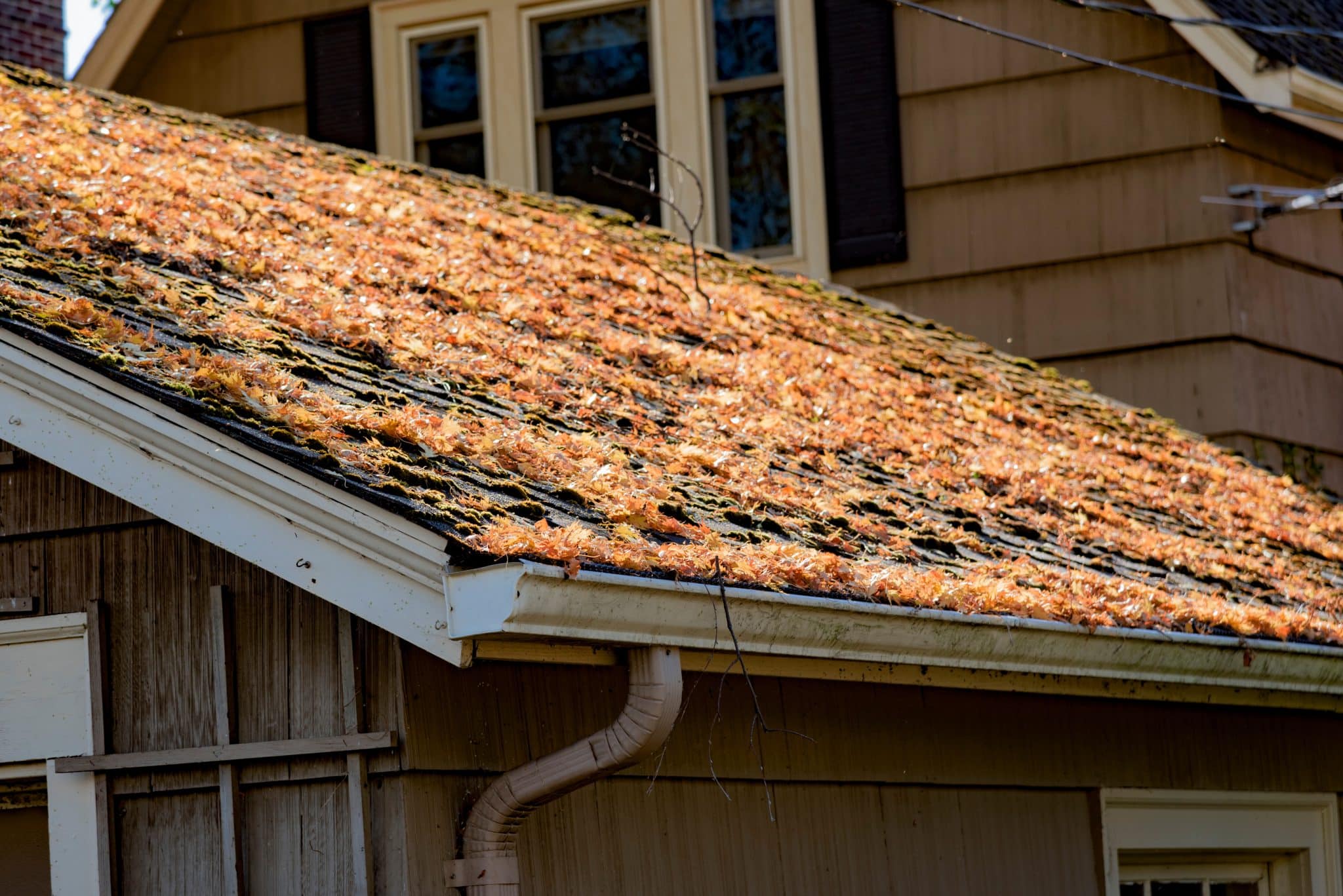
The Insurance Complication
Insurance companies also have a significant impact in the lifespan of a shingle roof in Florida. Because of how quickly shingle roofs deteriorate as they age, many insurance companies are opting to stop insuring homes with roofs over a certain age. For some insurance companies that cutoff can happen somewhere in the 15-2 year range, but some insurance companies have taken more drastic measures. Homeowners can see increased insurance costs and limited options even for shingle roofs that are just 10-years old, well short of the potential 30-year lifespan that many expect to get.
Homeowners should know their insurance company’s policies regarding roof replacements and work with their insurance agents to understand their coverage options. Regular maintenance and repairs can also extend a roof’s lifespan and minimize the need for a costly replacement in the future.
When Is It Time to Replace Your Shingle Roof?
Replacing a roof can be expensive, so it’s natural to try and hold off as long as possible before moving forward with getting a new roof. However, all roofs wear out eventually, and it’s essential to know the signs that it’s time for a replacement.
Visible damage is one of the most evident indicators that a shingle roof needs to be replaced. This can include missing or damaged shingles, sagging or buckling areas of the top, or visible signs of water damage. In addition, if the roof is over 20 years old, consider a replacement.
Another sign that it’s time for a roof replacement is the high frequency of repairs. If homeowners are finding themselves frequently calling for roof repairs, it may be more cost-effective to replace the roof entirely rather than continue to make minor repairs.
Homeowners should also pay attention to their energy bills. If they have noticed a significant increase in their energy bills, it may be a sign that the roof’s insulation has deteriorated and the top needs to be replaced.
The consequences of not replacing a worn-out roof in time can be significant. Leaks can cause water damage to the home’s interior, leading to mold growth and structural damage. Additionally, a roof that is in poor condition can be a safety hazard, particularly during severe weather conditions like hurricanes.
It is essential to pay attention to the signs that it’s time to replace a shingle roof. The consequences of not replacing a worn-out roof can be costly and hazardous, so homeowners should take proactive steps to ensure their roof is in good condition. Regular upkeep and inspections can assist homeowners in identifying possible issues before they become more severe and costly.

Conclusion
Shingle roofs are an essential investment for homeowners, and it’s crucial to understand their lifespan and when it’s time for a replacement. The quality, installation, and upkeep of the roofing material and the weather can all impact how long a shingle roof lasts. Homeowners should regularly evaluate the state of their roofs and look out for signs of wear and tear, such as visible damage, frequent repairs, or increased energy bills.
It’s also essential to understand insurance companies’ role in roof replacement and work with a trusted roofing professional to navigate potential complications. With proper maintenance and timely replacements, homeowners can ensure their homes are well-protected and maintain their value.
If you’re a homeowner needing a professional roof assessment or interested in learning more about your roofing options, contact Citrus Roofing Contractors today. We can help you assess the condition of your roof and advise you on the best course of action to keep your home safe and secure. And if you are ready to take the next step, request a quote to find out what your options are and begin the process of securing your next roof.

